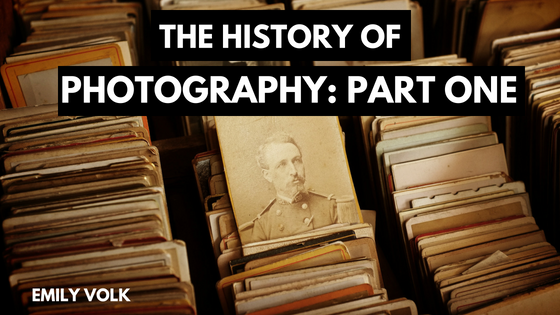With rapid advancements in technology ensuring greater accessibility, it’s no surprise the camera has transformed from a novelty invention to a device used in daily life. Over the years, cameras have captured reality through projection of light, film, and digital technologies. As a result of these new technologies and societal shifts, photography has also evolved throughout the years and continues to see advancements. Here’s a briefing on the history of photography.
The Camera Obscura
While commonly associated with the pinhole box, the camera obscura is the phenomenon that occurs when light is projected through a dark chamber with a small pinhole or lens. The image of the external scene passes through the hole and is reversed and inverted, but projects with similar color and perspective. As a result, if projected onto paper, the original image can be traced and reproduced.
Many archaeologists theorize the camera obscura had been used as early as 30,000 BCE in prehistoric arts and potentially in ceremonies. The earliest written evidence of the camera obscura appears to have been in the 4th century BCE Chinese writings Mozi, and later in 1027 in the Book of Optics by physicist Ibn al-Haytham.
The camera obscura was used to study optics and astronomy up until the 16th century. In the later half of the 16th century, technological advancements, such as a biconvex lens, were developed to produce sharper images.
Photograms
In the early 18th century around 1717, German professor and polymath Johann Heinrich Schulze experimented with nitric acid, chalk, and silver to capture shadows. Later incorporating stencils and exposure to light, Schulze produced a process that resembled photogram techniques. As a result of this, his process is often considered as the first form of photography.
Estimated to have experimented in the 1790s, Thomas Wedgewood is thought to be the first man to create permanent pictures by capturing camera obscura images with light-sensitive chemicals. However, Frenchman Jacques Charles was also thought to have captured negative photograms prior to Wedgewood.
Heliography
Frenchman Nicéphore Niépce developed the technique of heliography in the early 19th century, and is typically credited as the inventor of photography. In 1826 or later in 1827, he used a primitive camera—thought to be the dark, camera obscura chamber—to produce the oldest surviving photograph of a real-world scene.
